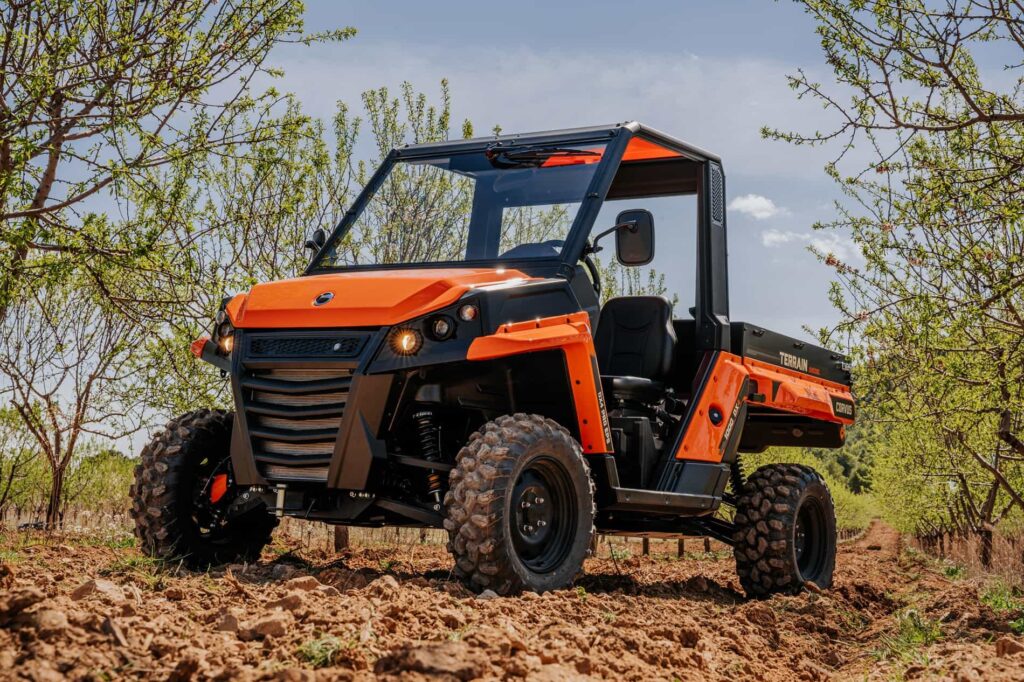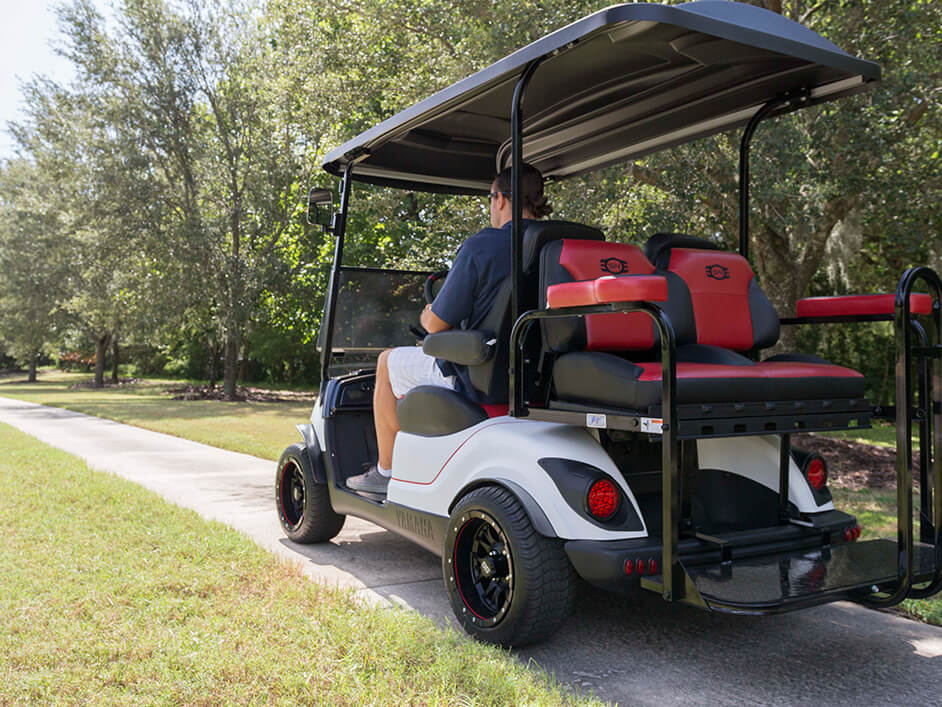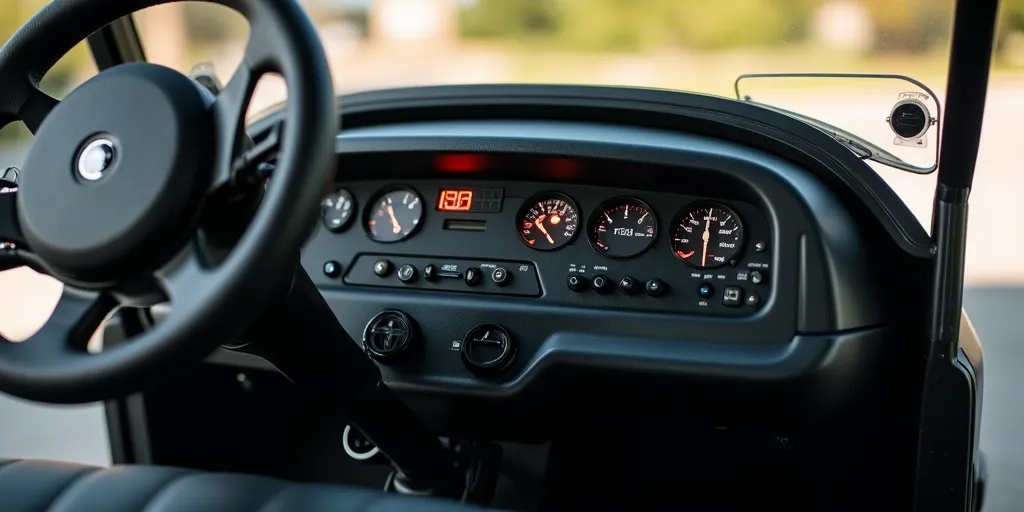
What Is a UTV Understanding the Features, Speed, and Road Use
A UTV (Utility Task Vehicle) is a versatile, off-road vehicle designed for both recreational and work-related tasks. Learn about UTV features, speed, and road use regulations.
What is a UTV (Utility Task Vehicle)?
A UTV, or Utility Task Vehicle, is an off-road vehicle designed for a variety of outdoor activities and tasks. Unlike traditional ATVs (All-Terrain Vehicles), UTVs typically have a larger frame, a steering wheel, and a seating capacity for multiple passengers. They are often used for recreational purposes, such as off-roading and hunting, as well as for work-related activities on farms, construction sites, and in industrial settings.
UTVs come in various sizes and configurations, but they all share a common design feature: they are built to handle rugged, uneven terrain. With a higher payload capacity and enhanced stability, UTVs can carry heavier loads, transport more passengers, and navigate challenging environments, making them ideal for both work and play.
Main Features of a UTV
UTVs are designed to be versatile, rugged, and capable of handling demanding environments. Here are some of the main features of a UTV:
1. Seating Capacity
One of the key features that distinguish UTVs from other off-road vehicles is their seating capacity. UTVs typically seat 2 to 6 passengers, allowing for group outings or transporting a team across rough terrain. This makes them an ideal choice for families, businesses, or groups who need a reliable vehicle for off-road transportation.
2. Cargo Capacity
UTVs are also known for their superior cargo capacity. Many models come equipped with large cargo beds or rear racks to carry tools, supplies, or recreational gear. This feature is especially useful in industries like agriculture, construction, or landscaping, where hauling materials or equipment is a common task.
3. Four-Wheel Drive (4WD)
Most UTVs come with four-wheel drive (4WD), which provides better traction on challenging terrain such as mud, sand, or steep inclines. This allows for greater stability and control when driving on uneven surfaces. 4WD is an essential feature for navigating rough trails or rugged outdoor environments.
4. Safety Features
Safety is a key consideration in UTV design. Many UTVs come equipped with roll cages, seat belts, and protective enclosures to keep occupants safe during off-road driving. Some models may also include other safety features like headlights, turn signals, and rearview mirrors to improve visibility and safety when driving in low-light conditions or busy areas.
Can You Drive a UTV on the Road?
Whether you can drive a UTV on the road depends on several factors, including the local laws and the type of UTV you own. In general, UTVs are designed for off-road use and are not street-legal in most places. However, some areas allow UTVs to be driven on certain roads under specific conditions, such as low-speed roads or rural highways.
For a UTV to be street-legal, it must meet certain requirements, which may include:
- Having headlights, taillights, and turn signals
- Equipped with a windshield or protective barrier
- Having a license plate and insurance
- Meeting local emissions and safety standards
In some states, UTVs can be modified to meet these legal requirements, allowing them to be used on public roads. However, even if your UTV is modified for road use, it is typically restricted to certain speed limits and road types.
How Fast Can a UTV Go?
The speed of a UTV can vary depending on the model, engine type, and whether it’s designed for work or recreational purposes. Generally, most UTVs have a top speed of 25-60 mph (40-97 km/h), with recreational models tending to have higher speeds. Racing UTVs and sport models can exceed these speeds, offering faster acceleration and top-end performance.
The top speed of a UTV is influenced by factors such as:
- Engine Size: UTVs with larger engines (e.g., 800cc, 1000cc, or higher) tend to have faster speeds compared to smaller engine models.
- Purpose of the UTV: Work-oriented UTVs may be built with more emphasis on torque and hauling capacity, rather than speed.
- Terrain: Speed can also be influenced by the type of terrain you're driving on. On rough, uneven terrain, speed may be naturally reduced due to safety and stability concerns.
For example, a UTV designed for recreational use or off-road racing can reach top speeds of up to 80 mph (128 km/h) or more, whereas a work-oriented UTV may have a lower maximum speed to prioritize durability and safety.
Are UTVs Only for Off-Roading?
While UTVs are primarily designed for off-road use, they can also be used for various other tasks. Some UTVs are specifically tailored for agriculture, landscaping, and construction, where they are used to transport equipment, tools, and materials. They are also frequently used in hunting, camping, and recreational activities due to their ability to navigate difficult terrain and carry gear.
UTVs are incredibly versatile and can be adapted for a range of activities, from work to play. Whether you're tackling tough terrain or hauling supplies, a UTV offers the strength and durability needed for outdoor adventures and hard work alike.
Conclusion
A UTV is a powerful, versatile vehicle designed for both work and recreational purposes. With features like large cargo capacity, four-wheel drive, and the ability to seat multiple passengers, UTVs are an excellent choice for off-road enthusiasts, workers, and adventurers alike. Although they are primarily designed for off-road use, some areas allow modified UTVs to be used on public roads, and their speeds vary based on the model and engine size.
If you're considering purchasing a UTV for off-roading, recreation, or work, explore our range of UTV options to find the perfect model for your needs.





Add a review
Your email address will not be published. Required fields are marked *